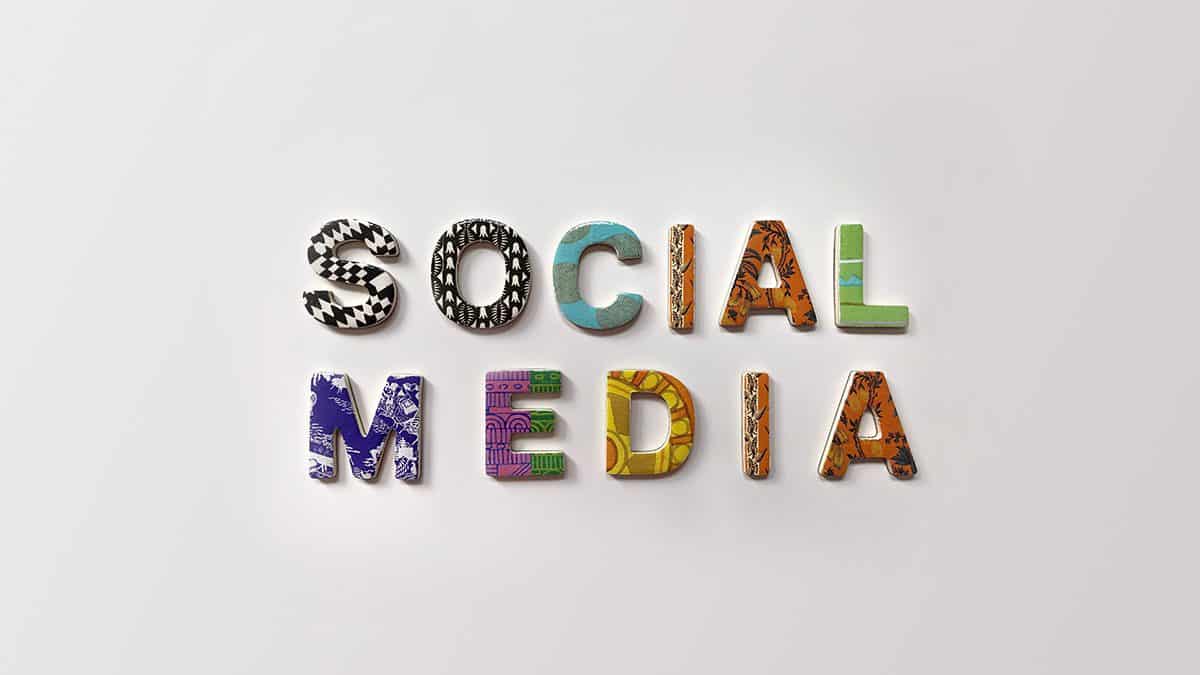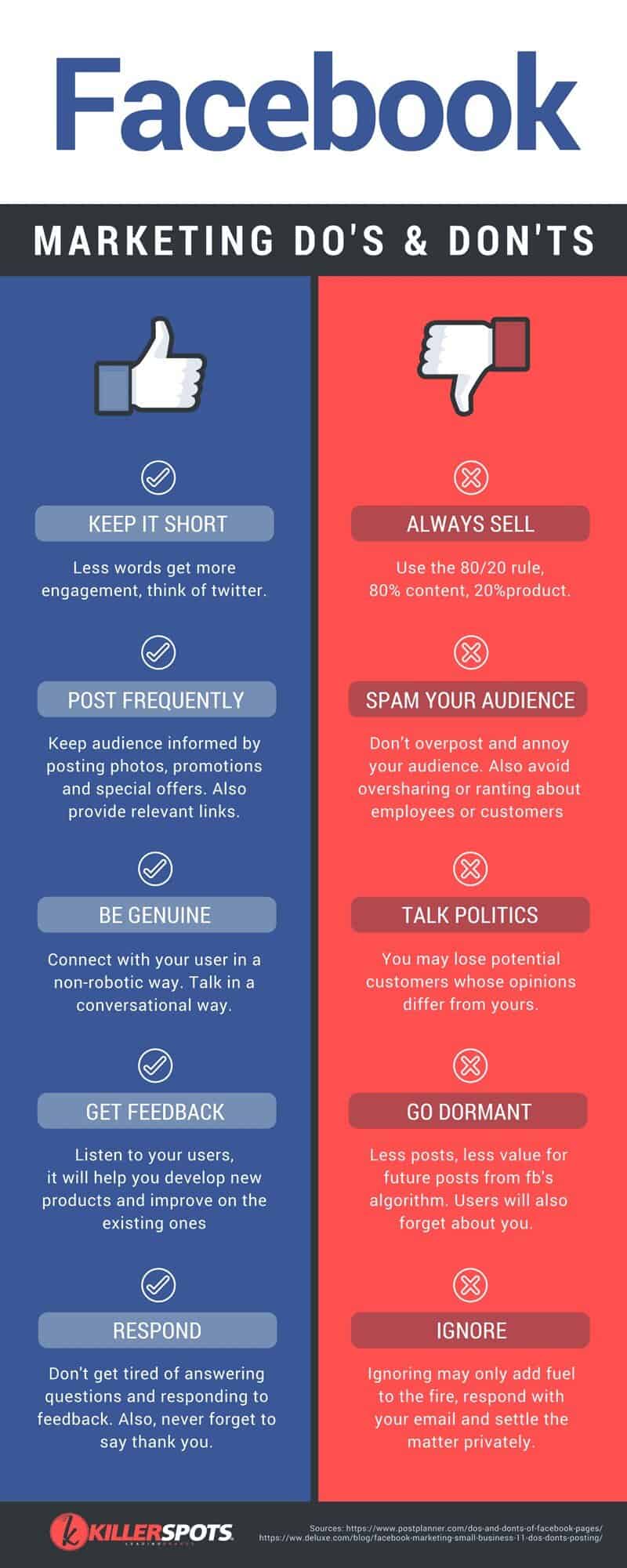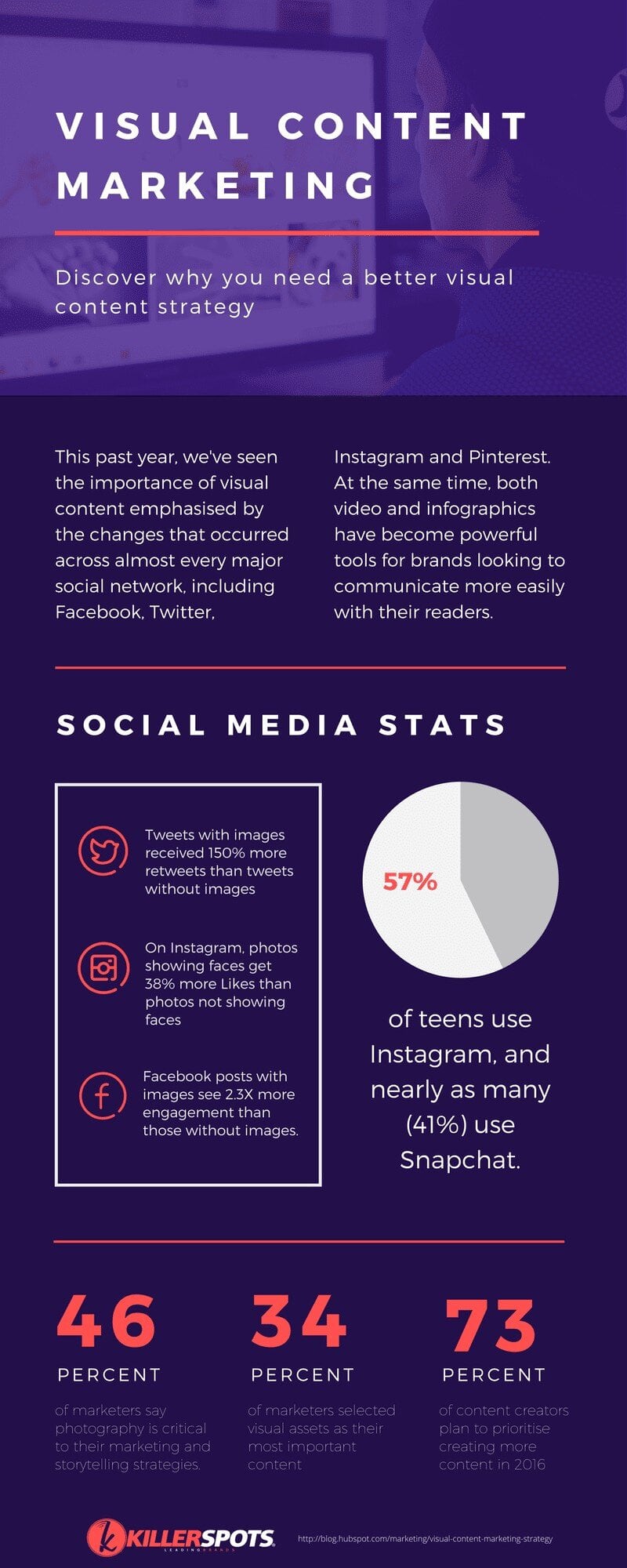Radio is an old-fashioned medium that has both retained and grown its reach. Public station revenue has leaped from 624 million to 900 million in the last ten years. The popularity of online streaming means the numbers will only increase.
The radio audience is a devoted one, listening for an average of 106 minutes a day, but the vast majority of this time is spent during commutes.
How can a business make sure that no one changes the channel while their ad is on? A carefully crafted message is all it takes.
Discover the 10 commandments for crafting compelling radio ads below. Obey them to create something listeners will never be able to forget.
First Commandment: Thou Shalt Choose the Right Person for Thy Radio Ads
Unlike television, radio doesn’t have the benefit of visual elements to add interest. It’s all about the audio, which makes choosing the correct people to voice the ad an essential part of the planning process.
It is common for a company leader to provide the voice talent, and doing so has numerous benefits. It creates a sense of authority while increasing trust.
At the same time, it can be dangerous not to hire a professional. There is a risk of ending up with dialogue that sounds artificial or fails to portray a character effectively.
In the end, deciding who should voice a radio ad is one of the most important choices to make. It is also dependent on other elements such as content and audience.
Second Commandment: Thou Shalt Record Thy Audio Well
The best radio ad in the world will be ineffective if the sound quality is subpar. A poorly recorded ad will quickly make listeners change the channel.
Using effective equipment and taking your time are two ways to ensure the ad sounds great. Check out our article on best audio recording practices for more tips.
Third Commandment: Thou Shalt Use Appropriate Timing
Time is at a premium in the oversaturated world of radio advertising. This doesn’t just mean to keep ads short; it’s also important to consider when to air it.
Radio stations measure success in terms of listener numbers like television stations measure viewers. However, a radio listener must listen for at least 5 minutes in a quarter-hour period for their contribution to count. An effective radio ad must air during a time when the station’s audience will be listening. It must also keep them from changing the channel for as long as possible.
Fourth Commandment: Thou Shalt Elicit the Necessary Emotion
Many of the most effective ads in any format work so well because they manage to make their audience feel something. Touching the heart of an audience is wonderful, but it is also important to create the correct emotion. Determine what listeners should feel before creating the ad or risk sending the wrong message.
Fifth Commandment: Thou Shalt Cater to Thy Audience
Increasing listener numbers is great, but it is also important to ensure that the right people are tuning in. Getting someone with no interest in the product or service being advertised to listen is not a great way to encourage sales.
The first step of catering any message is to determine who the audience is. This is done by analyzing their demographics, habits, and other identifying factors. The next is to find out what they want or need, which is as simple as sending out a survey or poll. Lastly, figure out how to make an ad that speaks to both these elements and is relevant to the right people.
Sixth Commandment: Thou Shalt Mention the Product (But Not Too Often)
A commercial that doesn’t showcase a product or service won’t translate into profit. It’s important to clearly indicate what is being offered but not overwhelm listeners with branding.
A study on radio commercial retention showed that while mentioning a brand does help listeners remember an ad, doing so too often can have the opposite effect. Work the product naturally into the message of the ad to achieve the right balance.
Seventh Commandment: Thou Shalt Maintain Attention
There are thousands of radio stations available to listeners today. Keeping them from tuning to another channel while a radio ad is on is a matter of holding their attention.
There are numerous effective methods to keep listeners. An attention-grabbing opening line, relevant message, appropriate emotional appeal, limited-time offer, and other hallmarks of effective content will help ensure potential customers don’t touch that dial.
Eighth Commandment: Thou Shalt Provide an Enticing Offer
Radio commercials usually only have 15-30 seconds to grab a listener’s attention and prevent them from turning the channel. It’s essential to get to the point quickly and show listeners why they should care about the message being conveyed.
A sale or special promotion is a great time to run radio ads, as they entice customers to buy before the offer goes away. However, there are other ways to turn listeners into customers, such as appealing to their emotions or telling an entertaining story in the ad.
Ninth Commandment: Thou Shalt Use the Correct Format
Researchers found that, while the old-fashioned announcer-style ad is the most common, a more relatable, slice-of-life story is usually more effective. Just like a picture looks better in a beautiful frame, a radio ad becomes more effective when it uses the appropriate format.
Tenth Commandment: Thou Shalt Write Effective Scripts
All the commandments come together when it is time to create a script for a radio ad. A script serves as the blueprint for a story, and if it doesn’t convey the right message, the ad will fail.
See an example of how to format radio commercial scripts and more tips on how to write them effectively here.
Are You Ready to Start?
Has learning how to make a radio ad inspired you to use this effective outreach method in your own business? Ready to air radio ads that increase your profit and customer base?
Then check out our radio advertising services and contact us to request a quote today!
























